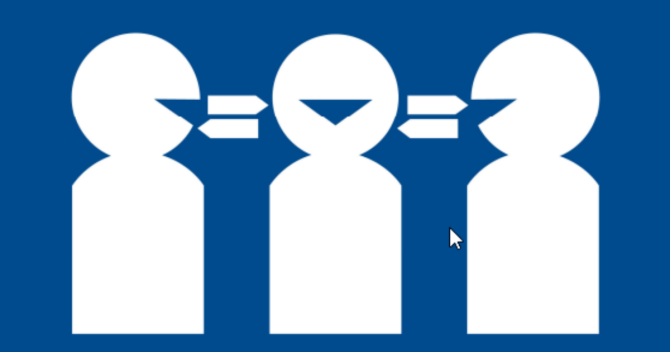
By the CEH training team
Collaborating with Interpreters – Avoiding Issues and Building Trust
Working with interpreters is generally straightforward, and clients are usually satisfied with the service. However, occasionally things don’t go as planned, and both you and your client may face challenges.
Consider this example:
Nandita, a speech pathologist in Melbourne, encountered a problem while working with Jenny, a new interpreter, in a conversation with an NDIS-supported family. Jenny was dedicated but unfamiliar with NDIS terminology. She didn’t differentiate between a support coordinator and a support worker when interpreting for the family.
When Nandita asked if the family had a support coordinator assisting with their NDIS plan, they said yes. In reality, they had a support worker who took their daughter on outings.
Why does this matter?
The confusion between “support worker” and “support coordinator” resulted in the family receiving incorrect information and insufficient support in managing their daughter’s NDIS plan. They had an English NDIS plan they didn’t fully understand and no help implementing it. With a support coordinator, the family would be guided in using their funds and accessing helpful services. Instead, they felt stressed and isolated, unaware of their funding and its purpose.
This frustrating situation highlights the need for clear communication via interpreters.
What did Nandita learn?
Briefing
Nandita learned to discuss her goals with the interpreter before each session and check if they understand the context of the conversation, even if it’s just a quick chat.
Checking understanding
She discovered that regularly checking in with the interpreter helps prevent confusion and ensure that everyone understands each other. Nandita now checks clients understand everything by asking them to explain jargon concepts during interpreted conversations. For instance, she would ask, “What kinds of things is the support coordinator doing with you?” This question allows the family to demonstrate their understanding, and Nandita can accurately assess the situation. In this case, it would have revealed that the family was discussing a support worker, not a coordinator managing their NDIS plan.
Involve advocates
Fortunately, the family in this story (names changed) brought an advocate to their review meeting. This family friend, who knew their situation, caught the interpreting error and explained it to the reviewing agency. As a result, the family received the same funding for their second year, with a commitment to finding them a support coordinator who spoke their language.
To avoid issues like this, effective interpreter use is crucial. Here are some top tips for working with an interpreter:
- ALWAYS conduct a pre-session briefing, including context, goals, and introductions.
- Remember that controlling the interpreted conversation is your responsibility.
- Deliver information in manageable segments.
- Avoid jargon and complex words; explain terms in plain language.
- Encourage the interpreter to ask about challenging translations and assist them.
Lastly, are your clients uneasy or embarrassed about using an interpreter? Some people may value privacy and distrust interpreter services. Following the tips from this blog can help alleviate these feelings, making clients more willing to attend meetings with interpreters.
If you want to learn more about working with interpreters, we can help.
- Check out our practical and informative webinar recordings on our FREE members page. You’ll find webinars on working with interpreters in group settings, working with interpreters and translators and tons of useful information about working with people from other cultures and language groups.
- Search and download free resources Resource Hub – Centre for Culture, Ethnicity & Health
- Contact us to enquire about ‘working with an interpreter’ workshops Contact – Centre for Culture, Ethnicity & Health (ceh.org.au)
Tune in to future blogs for more tips and resources for professional development.
